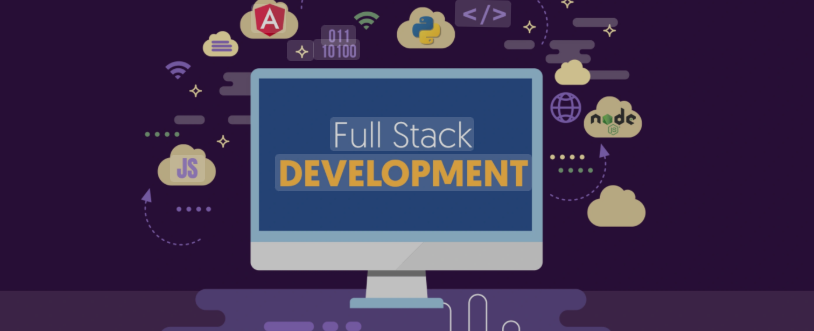Why is Web Development Used?
Web development is essential for creating an online presence and ensuring a seamless user experience. Here are the key reasons why web development is used:
-
Creating Websites:
Web development helps businesses, organizations, and individuals establish an online platform where they can showcase their products, services, or content. -
Building Web Applications:
Many tools like e-commerce platforms, booking systems, and social networks are powered by web development. -
Enhancing User Interaction:
With interactive designs and features, web development improves user engagement and satisfaction. -
Customization and Scalability:
Businesses can have custom websites or apps tailored to their unique needs, with the option to scale as they grow. -
Global Reach:
A well-developed website allows businesses to reach a broader audience, breaking geographical barriers.
Purpose of Programming Languages and Frameworks in Web Development
Below is a detailed guide to the tools and technologies used in web development, categorized into front-end and back-end development:
Front-End Development
Front-end development focuses on what users see and interact with directly on a website or app.
-
HTML (HyperText Markup Language)
-
Purpose: Defines the structure and content of a web page.
-
Features:
-
Adds text, images, videos, and links.
-
Organizes content using semantic elements like <header> and <footer>.
-
Why Learn It?
HTML is the foundation of any website. Without it, no website can exist. -
CSS (Cascading Style Sheets)
-
Purpose: Styles and formats the content created with HTML.
-
Features:
-
Adds colors, fonts, and layouts.
-
Creates responsive designs for mobile and desktop.
-
Why Learn It?
CSS makes websites visually appealing and improves user experience. -
JavaScript
-
Purpose: Adds interactivity and dynamic behavior to web pages.
-
Features:
-
Handles animations, forms, and API interactions.
-
Enables client-side logic for faster responses.
-
Why Learn It?
JavaScript is essential for creating modern, interactive web applications. -
Bootstrap
-
Purpose: A framework for responsive and mobile-first web design.
-
Features:
-
Pre-designed components like buttons and forms.
-
A grid system for easy layout creation.
-
Why Learn It?
Bootstrap simplifies the process of creating professional, mobile-friendly websites.
Back-End Development
Back-end development focuses on the server-side, where the main logic and database management take place.
-
Laravel (PHP Framework)
-
Purpose: Simplifies the development of secure and scalable web applications.
-
Features:
-
Supports MVC architecture.
-
Built-in authentication and database handling.
-
Why Learn It?
Laravel is beginner-friendly and offers advanced features for complex projects. -
PHP (Hypertext Preprocessor)
-
Purpose: Handles server-side scripting for dynamic web pages.
-
Features:
-
Integrates seamlessly with databases like MySQL.
-
Lightweight and fast execution.
-
Why Learn It?
PHP is ideal for small to medium-sized projects and powers platforms like WordPress. -
Python
-
Purpose: A versatile language used for web applications, data analysis, and AI.
-
Features:
-
Frameworks: Django and Flask.
-
Clean syntax, making it easy to learn and use.
-
Why Learn It?
Python is great for web apps that integrate AI or data processing features. -
Node.js
-
Purpose: Allows JavaScript to be used for server-side development.
-
Features:
-
High performance with non-blocking architecture.
-
Ideal for real-time applications like chat systems.
-
Why Learn It?
Node.js is perfect for developers aiming to use JavaScript for both front-end and back-end tasks.
Requirements
- fsf
Instructor not found for this course.






